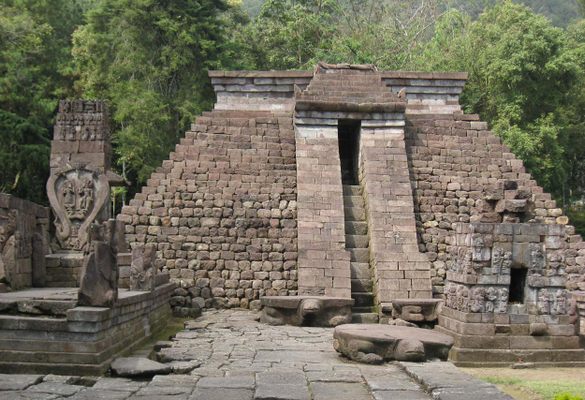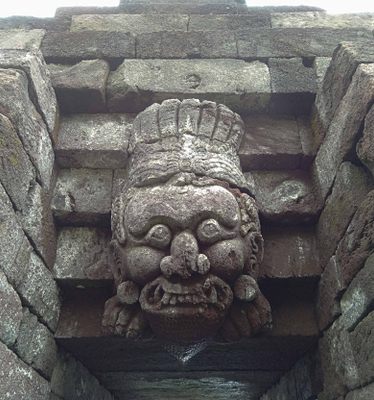About
Erotic art adorns the walls of this 15th-century Javanese-Hindu temple, which is themed around birth and sex. Visitors will stumble across phallic and yonic figures scattered throughout the sacred grounds.
The centerpiece of Candi Sukuh is a truncated pyramid that sits on the third terrace of the complex. It's surrounded by smaller structures with bas-reliefs and several statues, all directly or indirectly related to birth and sex.
Among the art is a decapitated statue of a man proudly grasping his penis, several lingam (penises) and yoni (vaginas), and various figures either displaying their genitalia or engaging in sexual intercourse. A six-foot-tall phallus accompanied by four testes once topped the pyramid, but that has been relocated to the National Museum of Indonesia in Jakarta.
Not all the iconography is based on birth and sex. There are also a handful of tortoises, which were believed to support the world. Two of them guard the entrance to the main pyramid.
Candi Sukuh is a rare relic from the period of time when the local Hindus embraced influences from Javanese traditions and distanced themselves from more classical Indian art. It’s also one of the few examples left in the region due to the fact that many people converted to Islam about a century after its construction. It's believed that many of the temple's erotic features were vandalized during the Islamic invasion.
Related Tags
Published
November 2, 2017

















































